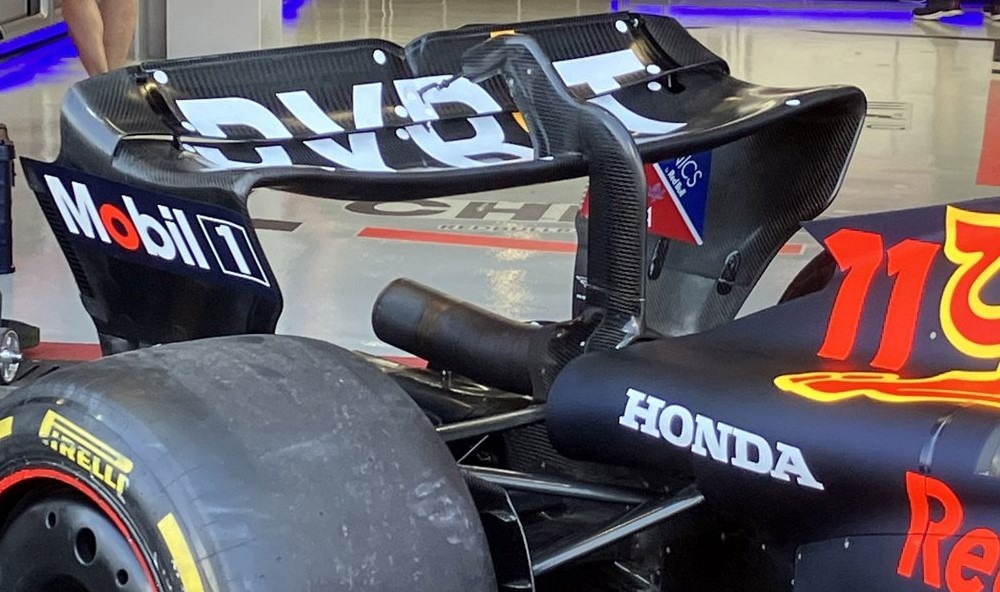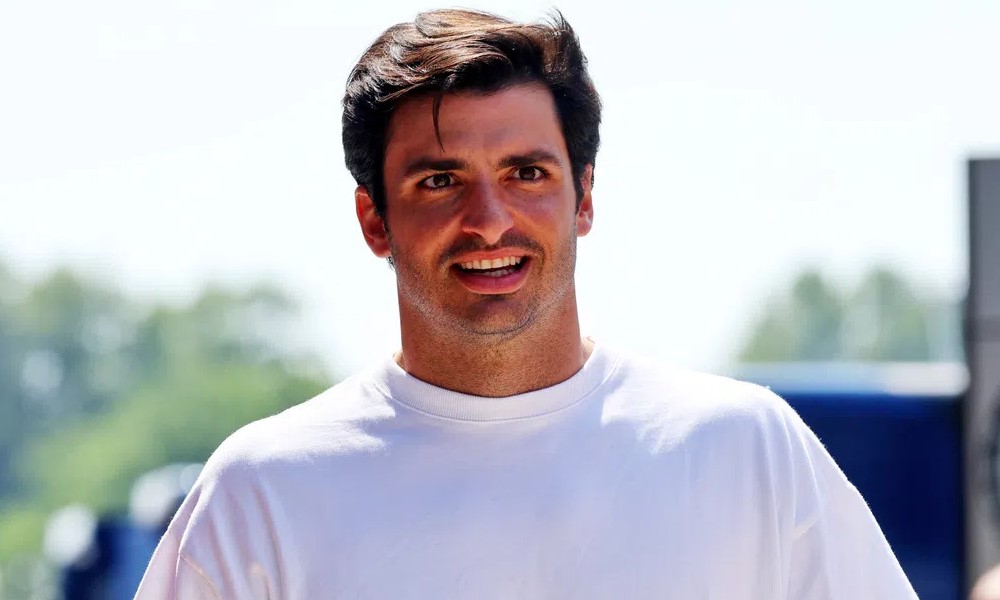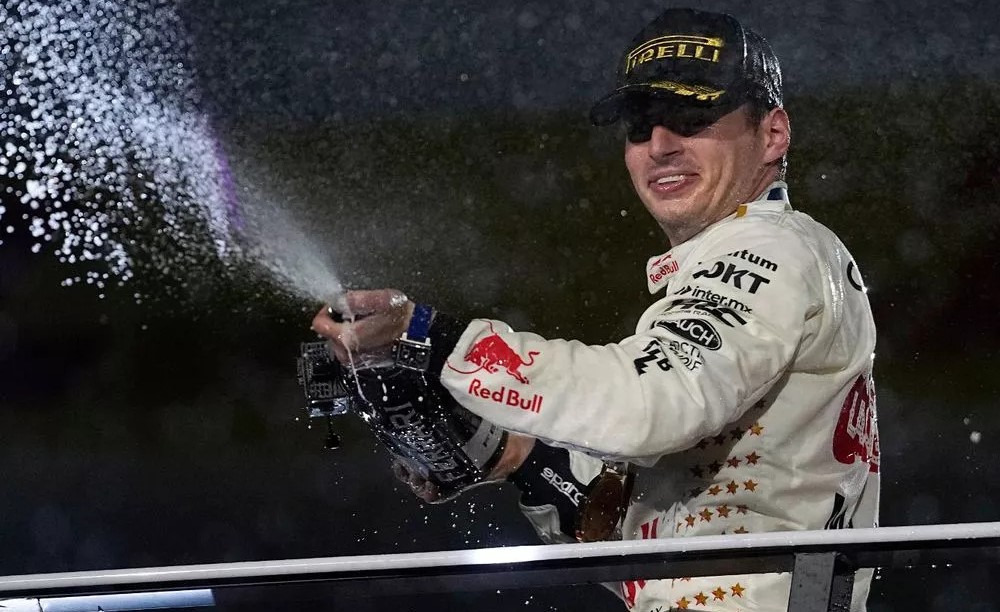The originally proposed active aero concept intended for 2026 F1 regulations is in serious doubt following questionable simulator findings.
The process of refining the 2026 chassis regulations in consideration of the current power unit regulations is making progress rapidly behind the scenes although recent simulator sessions appear to raise concerns.
The new cars are set to feature active aero as part of an attempt to improve performance in order to better suit the features of the new turbo hybrid engines, which have a 50/50 power split between the internal combustion engine and battery.
Given the significant increase in electrification, active aerodynamics have been introduced as a result of the chassis modifications intended to make the concept functional without significantly compromising performance.
According to the concept, the car’s wings will be able to function in a low drag setting that helps increase straight-line speed and a high downforce setting to assist with providing grip through corners.
Making just the rear wing movable was one approach being considered because it would be the simplest to implement and function seamlessly with DRS. However, several unsettling traits surfaced as a result of recent simulator tests by certain teams of what is referred to as the baseline “Fangio” car model in a bid to comprehend how the concept would function.
Sources claim that the car was practically impossible to drive at its highest power and with the rear wing in its lowest configuration. There have been numerous reports of drivers spinning on straights when accelerating or being unable to negotiate the slightest turns without losing the rear.
A shift in aero balance believed to be three times greater than the one currently observed when DRS is open caused this. According to an insider, driving so cautiously was the only way to keep the cars from spinning resulting in slower lap times than those of the current Formula 2 cars.
It has been reported that FIA representatives recently paid a visit to the team’s facilities so as to get a more comprehensive understanding of the situation and the valuable insights that can be drawn from the simulator findings.
Furthermore, according to FIA insiders, it has been determined that the active aero concept is not going to work with only changing the rear wing configuration. Rather, the FIA has determined that for the cars to achieve the desired performance characteristics, the 2026 aero plan must include both the front and rear wings working in tandem.
The two wings should work together better, which could help lessen the aero balance offset that has been generating negative simulator results.
Commentator and former F1 driver Karun Chandhok has expressed concerns about the manner in which the regulations are being approached as the requirements have not yet been fully met and work continues with the intention of designing the chassis around the power unit instead of the other way around.
“Worrying news on 2026 F1 regulations,” he said. “As far as I can recall, this is the first time ever that the engine rules seem to dictate the chassis rules in F1.
“Done to entice Audi and Honda, it’s too late to change the PU rules now so what do they do?? Moveable aero / DRS is bad for overtaking!
“For the past few years I’ve been saying that I wished 2026 would go to a V10, non-hybrid car on sustainable fuels. Smaller, lighter, noisier, more challenging cars. Road car companies are investing in ICE programs again.
“FIA seems to have missed the boat with F1 IMO.”
Red Bull team principal Christian Horner said he appreciated the FIA’s response to team concerns about what they were finding out as efforts to draft the aerodynamic regulations by the end of June continue. Last year, he famously cautioned that the chassis rules’ requirement to work around the power unit options may result in F1 having to run “Frankenstein cars.”
“I think there’s been some good progression,” Horner told Motorsport.com. “I think that the FIA has taken on board some of the feedback and some alterations have been made.
“We’re waiting for the chassis regulations, which will be a fundamental part of the 2026 package now, and how that interacts with these power units. The various working groups are working hard on that and it’s important that we conclude something in the near future.”
Asked if the simulator findings from teams had been a cause for concern, Horner said: “The rules are the same for everybody at the end of the day. So, it’s how you apply them and translate them.
“I don’t think we’re afraid of whatever the rules will be, as it’s the same starting point for everybody. When they’re finalised, that’s when we’ll no doubt discover whatever issues there are with the rules, but that’s no different to any other regulation change.”





